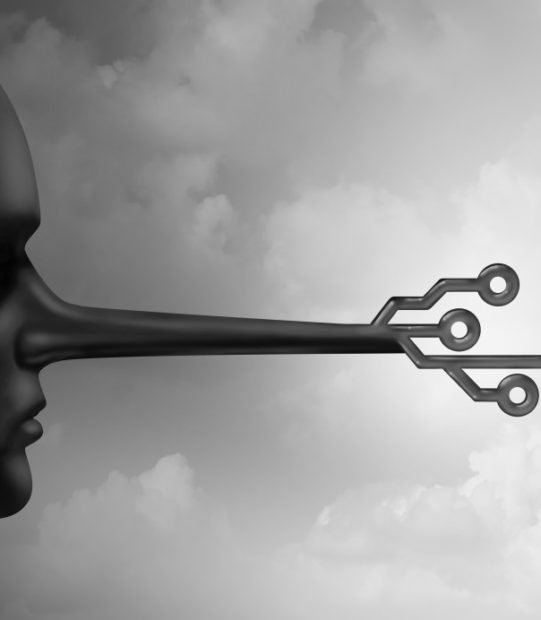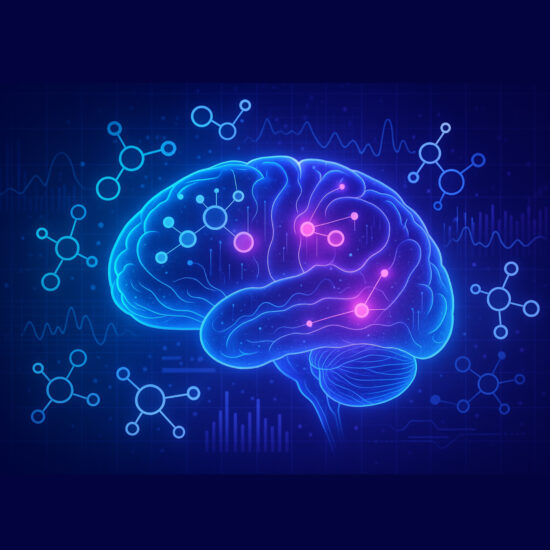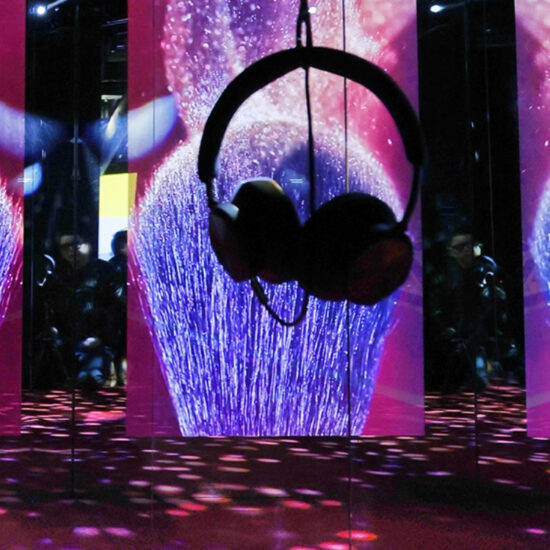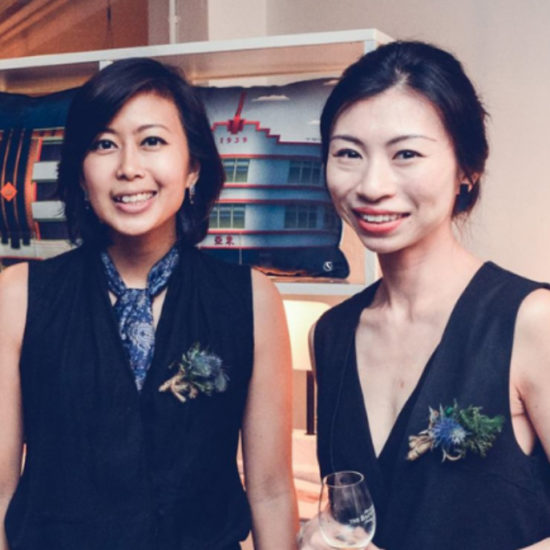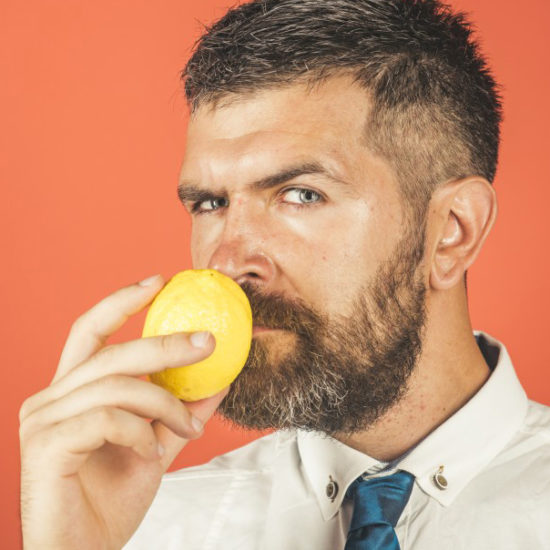We are about to boldly go where no nose has gone before.
Imagine a world where scents can be exchanged through the click of a button and stored away like a photograph. Envision a future where technology can harness the power of smell to actually save lives. With revolutionary breakthroughs in scenting technology, this world isn’t a far-off dream; it’s about to be our reality.
Let’s look at some of the innovators and their inventions from the past decade that have started to intertwine the world of scent with the latest technology.
Scent and received
One of the many efforts to send and receive scent via technological devices comes from innovators like Harvard University professor David Edwards and his team of students.
In 2014, the team created a device called, “oPhone,” capable of delivering scented messages.
The technology could be accessed with an iPhone app called, “oSnap.” A photo would be taken by the user and tagged with the appropriate “scent notes.” The photo and selected notes were sent through the phone app to the recipient, who used the “oPhone” device to experience the message.
This type of technology allows us to share more than just a picture with our loved ones; we can actually send multi-sensory experiences. Although the “oPhone” didn’t take off commercially, this research brings us one step closer to delivering scent through computer devices.
Saving lives
Early detection of life-threatening diseases can make all the difference. Researchers, such as Kohji Mitsubayashi and his colleagues, have been exploring ways that scents can be used to detect health issues. In 2019, they developed a device called the “sniff cam.”
Their research showed the “sniff cam” was able to detect a “broader range of VOC levels” in test subjects. VOCs, such as such as ethanol (EtOH), can indicate glucose levels and potentially help detect diabetes.
Other research into using scents to detect early signs of disease show promise against such tricky illnesses as Parkinson’s. Although more testing needs to be completed, there is a real possibility that this field of research will soon help medical professionals diagnose difficult diseases earlier and potentially save lives.
The nose knows
What if you could detect a potential fire hazard, like overheated wiring in the house, before it sparks danger? How about avoiding future bouts of food poisoning from spoiled ingredients? Fortunately, scientists of Karlsruhe Institute of Technology (KIT) have developed an “electronic nose” that can detect these potential hazards in the early stages.
The device uses a sensor chip in order to identify the hazardous scent within a matter of seconds.
The applications of this technology are endless. At only a couple centimeters wide, the device will hopefully one day be incorporated in smartphones and electronics for detecting safety hazards and improve quality control with food. More research is being conducted to mass-produce a low-cost sensor, but the future looks promising.
—–
The exploration of technological advances fueled by scent is still in its infancy and although there’s a long road ahead, projected forecasts are looking nothing short of scent-sational.
Cited sources:
Nelson, K. (2014, June 18). This App Can Send Scented Text Messages. Retrieved from https://mashable.com/2014/06/17/ophone-scented-texts/
Grinstein, J. D. (2019, April 10). A New Way to Detect Parkinson’s-by Smell. Retrieved from https://www.scientificamerican.com/article/a-new-way-to-detect-parkinsons-by-smell/
‘Sniff-cam’ to detect disease by analyzing bad breath. (2019, July 31). Retrieved from https://www.sciencedaily.com/releases/2019/07/190731125426.htm
Landgraf, M. (2018, May 24). Electronic nose recognizes a variety of scents. Retrieved from https://phys.org/news/2018-05-electronic-nose-variety-scents.html
Leopold, J. H., van Hooijdonk, R. T. M., Sterk, P. J., Abu-Hanna, A., Schultz, M. J., & Bos, L. D. J. (2014, June 17). Glucose prediction by analysis of exhaled metabolites – a systematic review. Retrieved from https://www.ncbi.nlm.nih.gov/pmc/articles/PMC4068184/
——————————————–
About the Author
Heather Lane enjoys delving into research exploring the ways fragrance impacts people in their daily lives. She is a VP at Prolitec, a global provider of ambient scenting, and is working towards her MBA at Tulane University in New Orleans.
When not studying the fascinating ways fragrance interacts with the world of business, Heather renovates historic houses and gets her hands dirty with her non-profit ceramics arts studio.

